We may earn revenue from the products available on this page and participate in affiliate programs. Learn More ›
If you’re wondering “how long does meat last in the freezer?” odds are you recently unearthed a lonely package of venison burger from 2022, or those wild turkey legs from 2021 that you had the best intentions of slow-cooking. The thought of cooking and eating freezer-burned or years-old meat might sound appetizing or or even dangerous, but that’s not necessarily the case.
We talked to RealTree Timber to Table wild game chef and hunter Michael Pendley and collected guidance from the USDA and U.S. Department of Health to get firm answers for how long meat actually lasts in the freezer, how to spot signs that a package of meat is past its prime, and the best ways to prepare meat that’s still salvageable.
How Long Can Frozen Meat Last?
So, how long does meat last in the freezer? A year? Two? Three? Truthfully, there’s no one magic number. The answer depends on how you packaged the meat, what kind of freezer you’re storing it in, and whether the meat has stayed deep-frozen the whole time. Did it get transported and partially defrost at some point? These factors all make a difference. When in doubt, if the meat smells or looks spoiled or rotten, don’t risk it.
What the USDA Says
What do agencies say about how long meat lasts in the freezer? According to the USDA, it doesn’t really matter how long you store game meat in the freezer for. Both raw and cooked game meat, including venison and game birds, can stay frozen “indefinitely” and still be safe for consumption.
The USDA also advises that frozen ground beef, steaks, and roasts should be cooked within 3 to 4 months for the best quality. But for those who don’t particularly care about top-shelf quality, beef can also stay frozen indefinitely and still be safe to eat.
FoodSafety.gov, which is run by the U.S. Department of Health and Human Services, doesn’t offer formal guidance on game meat specifically. But it does say that ground meat only lasts up to four months while steaks last up to a year.
What the Expert Chefs Say
If you packaged and froze the meat within the last two years (and followed proper food-safety protocols), odds are two-year-old cuts of meat are perfectly safe to eat. This is especially true with whole muscle cuts, Pendley says. Since there’s very little exposed surface area, meat that’s still intact will stay good for a long time. You should be suspicious of meat that thawed in the freezer during an extended power outage or that’s wrapped in ruined packaging, like a busted vacuum-sealed bag. Meat that’s been stored for longer than a year will start to falter in quality, and the longer it stays in the freezer, the more opportunities there are for something to go wrong, like a power outage.
Pendley prefers to leave meat in the freezer for as little time as possible. Freshness and quality matter to him, which means he’s aiming to use his game meat within a year.
“It’s not a safety thing, as long as it stays frozen. It’s more of a quality factor,” Pendley says. “The longer it’s frozen, the less it will taste fresh. I shoot for six to nine months, but up to a year is usually good. I’ve found meat in my freezer that’s up to two or three years old, the quality is not there but you can trim off the outer surface and still make an edible meal out of it. But I like to shoot for twelve months or less.”
Meat Freezing Best Practices
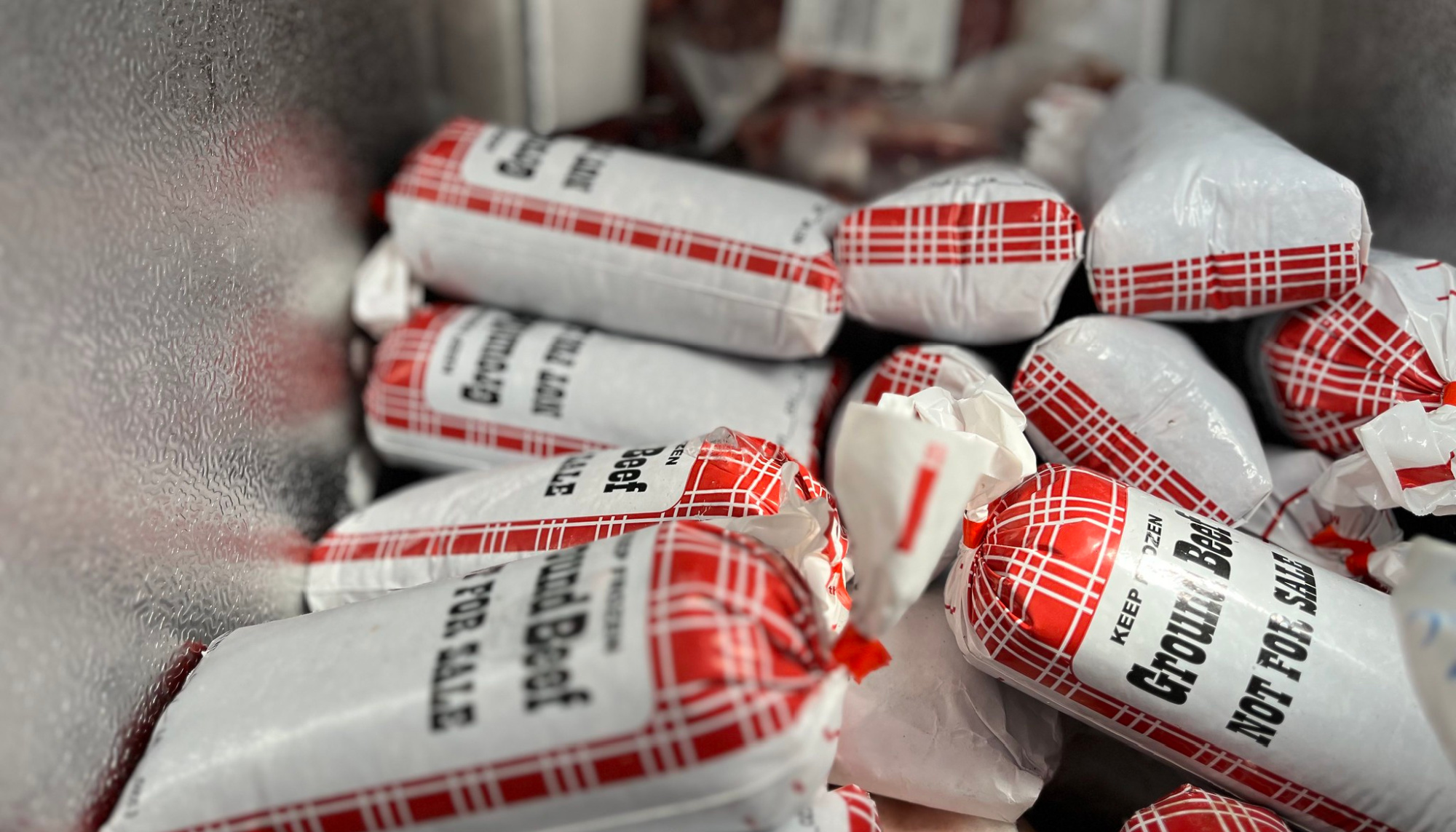
In order to maximize the freezer life of your game meat, you must package it properly. Cooks are divided when it comes to using vacuum sealers vs. butcher paper.
You should also consider how your freezer impacts your meat storage. A cabinet-style freezer built into a standard refrigerator will work fine, but you’ll want to work through your meat more quickly. Refrigerators and their freezers often have defrost cycles, which are designed to reduce frost buildup. The flipside is that meat in your freezer does not remain at a constant temperature, and thawing and refreezing can cause moisture loss and reduced meat quality. Newer refrigerators/freezer models have more consistent freezer temperatures than older models, and the freezers are more likely to hit the recommended 0 degrees Fahrenheit. But kitchen freezers are still subject to more temperature fluctuations thanks to defrost cycles and constant opening during the day.
Read Next: The Best Meat Grinders, Tested and Reviewed
Deep freezers, such as chest and standing freezers, offer more storage, but they also maintain frozen meat at a colder and constant temperature. This consistent environment maximizes the quality and shelf life of meat.
One good tip for freezing whole-muscle cuts on wild game like venison is to leave the silver skin and other connective tissues intact, Pendley says. Those tissues act like a de-facto protectant of their own to insulate the interior of the meat through the freezing process. Plus, some wild game cooks find that removing silver skin is actually easier when the meat is still slightly frozen.
Vacuum Sealer or Butcher Paper?
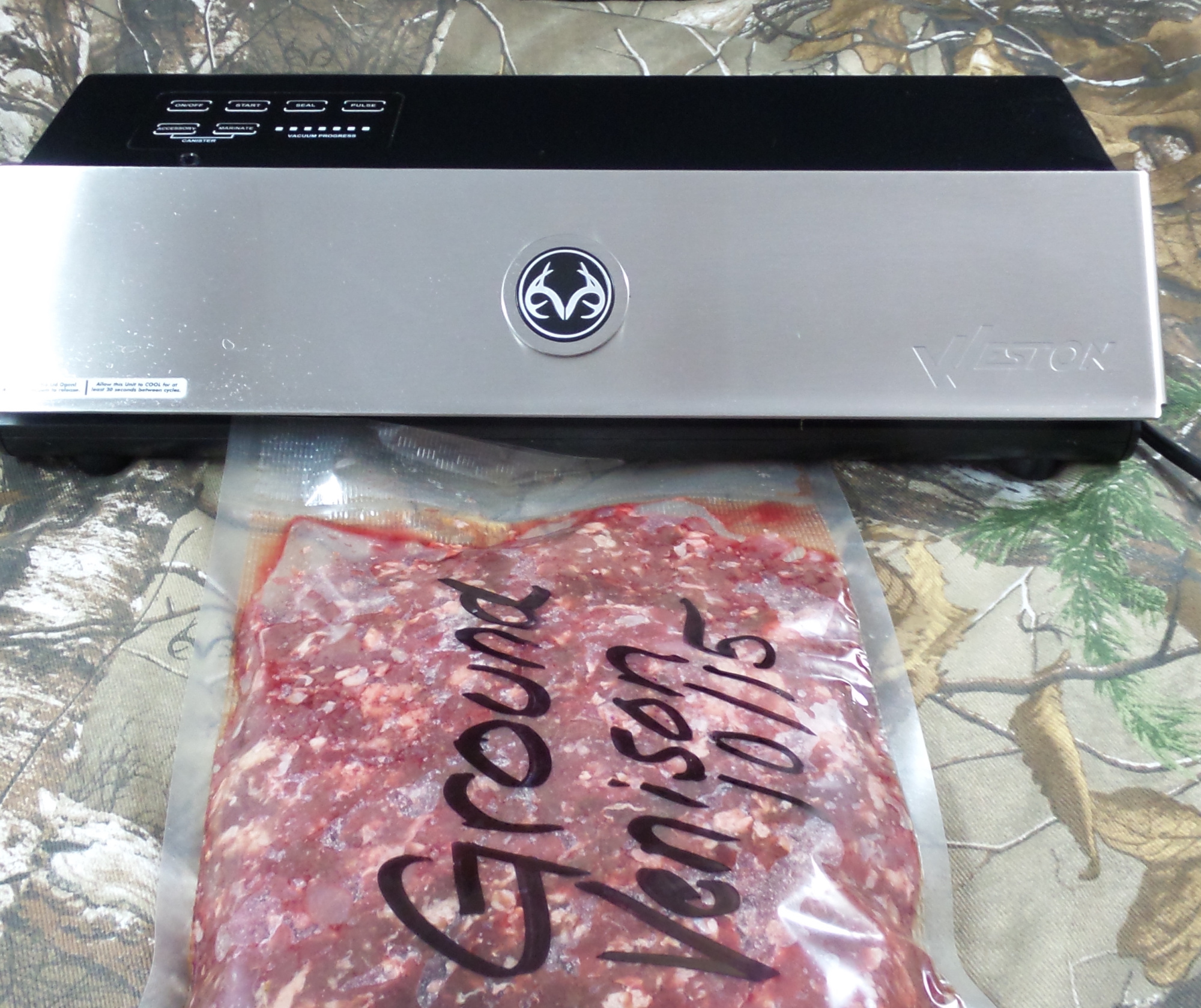
I’ll never forget the look on my fiancé’s grandpa’s face when he discovered that we intended to package a whole elk with a vacuum sealer rather than the butcher paper and Ziploc bags he’d relied on for decades. Even the best vacuum sealers can elicit raised eyebrows from more traditional hunters, and the divide is often a generational one.
There are benefits to both ways of doing things. For example, vacuum sealing ground meat into flat “sheets” rather than logs makes for much more efficient storage and faster defrosting. If done properly, it can also secure whole muscle cuts from freezer burn, taking the answer to “how long does meat last in the freezer?” from “months” to “years.”
“Vacuum sealing is the way to go,” Pendley says. “Freezer burn happens when the air comes in contact with the surface of the meat. Oxygen seeps in and moistures seeps out as the meat is frozen. That’s when you get that brownish gray freezer burn on the surface. The less oxygen you leave in the package with the meat, the longer it’s going to stay fresh in the freezer.”
Pendley’s go-to vacuum sealer is the MEAT! chamber vacuum sealer. Chamber vacuum sealers tend to be more expensive than their external suction vacuum sealer counterparts, but both are effective for packaging and storing solid foods like meat.
But getting and keeping perfect suction on bulkier cuts can be tricky, and wrapping larger cuts in plastic wrap then butcher paper might be the better option. I learned this the hard way recently with a whole football roast from a doe. The vacuum bag hadn’t sealed properly around the roast, allowing oxygen into the bag. It resulted in a lot of freezer burn, and while I was able to trim away the freezer burn and cook the roast, it was a waste of meat that could’ve been avoided with proper packaging.
Read Next: The Best Vacuum Sealers, Tested and Reviewed
As Pendley also points out, plastic and paper is also a much more economical choice than a vacuum sealer and sealer bags. You can even make a sort of DIY vacuum sealer with a big bowl of water and a box of gallon plastic bags. Put a muscle cut in a plastic Ziploc bag and zip it most of the way shut. Then submerge the bag in water and watch as all the air rises to the top and pushes out. Zip the bag the rest of the way and freeze it.
What to Do With Freezer-Burned Meat
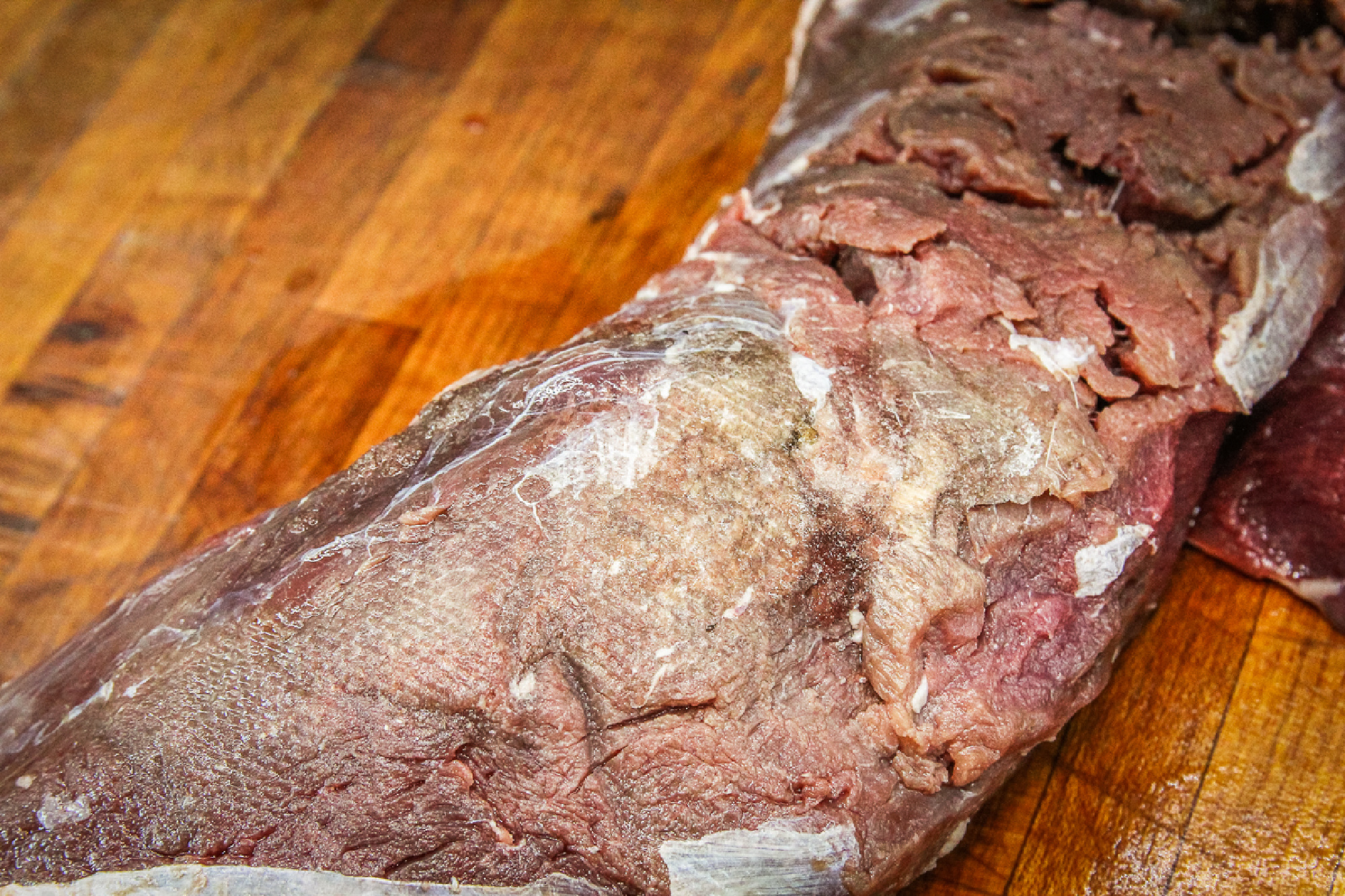
As a package of meat defrosts in your fridge, you might start to see some discolored patches. That gray-brown color is freezer burn. The trick to cooking with freezer-burned meat is to trim it, Pendley says. Even if it feels like you’re losing a lot of meat, it’s better to save some of it and really enjoy the meal than to not trim, hate the meal, and end up wasting it after you spent plenty of time cooking.
“I don’t want any of that brownish-gray meat,” Pendley says. “But once you trim away that outer surface, it’s still perfectly safe to eat … If I’ve got a piece that I accidentally left in the freezer for too long, if it’s been in the freezer for up to 24 months, I’ll use that for a stew or a chili or something with a little spice that will cover up that texture and flavor.”
Freezer-burned meat isn’t very palatable, but isn’t likely to make you sick. (One time I froze my whole grind pile in a bowling ball-sized mass inside a loose-weave cloth game bag for eight months. It defrosted and ground just fine, and my burgers and bolognese were still delicious and safe.)
Ground meat has slightly different rules, Pendley says.
“That’s a whole other topic. Ground meat does not last as long in the freezer as whole cuts,” he explains. He chalks this up to the increased surface area and oxygen exposure in ground meat. “I like to use my ground meat within six months. Let’s say I get several deer in a season. If I know that I’m going to grind some of that meat eleven or twelve months down the road, I’ll freeze it as whole cuts and mark it as ‘grind later’ so I can grind a few pounds later and it’s still pretty fresh.”
The USDA advises to use frozen ground meat within 4 months of storage for best quality, but that it can stay frozen indefinitely.
Trimming Tips
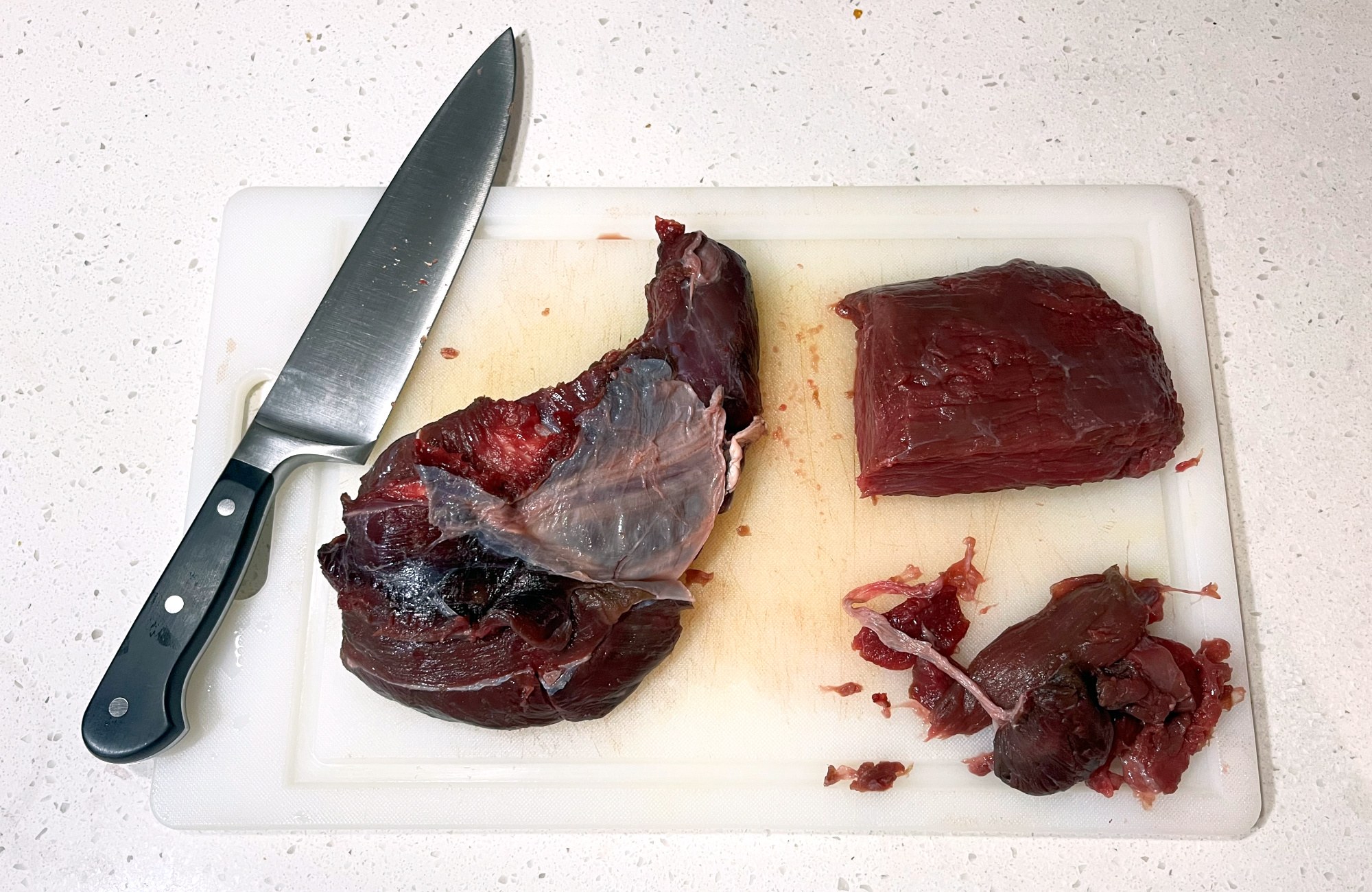
Once you’ve defrosted a cut of meat, examine the exterior. Trim away silver skin, fat, discolored patches of meat, and anything else that needs to go. Once you get to deep red to almost purple-red meat with a normal moisture content, Pendley says, you can put down the knife.
Best Recipes for Old Meat
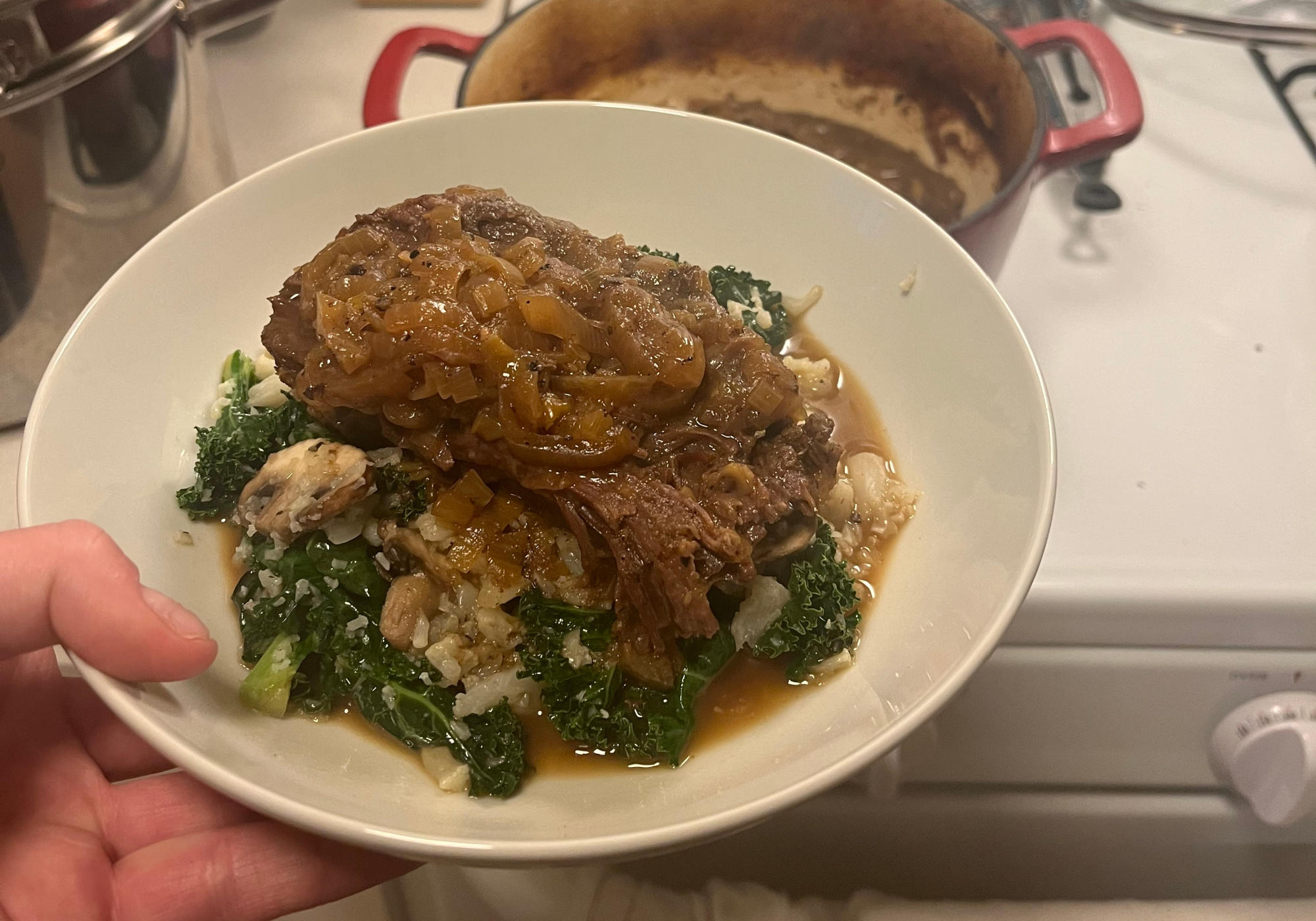
It should go without saying that a carpaccio dish or a medium-rare burger might not be the best use of your 4-year-old game meat. Instead, opt for a crockpot or slow-cooker recipe that can help rehydrate some small patches of freezer burn and break down tissues that have toughened over the years. For ground meat, consider a pasta sauce or chili recipe that’s heavy on spices, moisture, and flavors and that doesn’t require the meat to hold a shape as a patty or meatball. Old ground meat might be a little drier and more crumbly than a fresh package.
Read Next: The 7 Golden Rules of Wild Game Care, from Field to Freezer
Use older muscle cuts in soups or stews, Pendley says. Check out this roundup of best venison recipes for some inspiration.
How Long Does Meat Last in the Freezer? FAQs
In short, yes, as long as it stayed frozen that whole time. If the packaging has been compromised or if oxygen has somehow seeped in, then be prepared to trim some freezer burn away. Use this meat in dishes with rich flavors, like curries, stews, or chili, that can help make up for the flavor and texture lost to prolonged freezer storage.
If you’re looking at a frozen piece of meat, it could look like frost crystals in the vacuum-sealed bag or on the meat’s surface. As it thaws, you might notice a leathery or waxy texture on the exterior of the meat, which indicates moisture loss; on defrosted red game meat like venison or elk, freezer burn will present as a brick-brown or gray color. Trim these pieces off to reveal the unaffected meat underneath.
Freezer burned meat won’t hurt you, but it probably won’t taste very good, either. Trim it and serve it to your pets or throw it out.
Final Thoughts About the Freezer Life of Meat
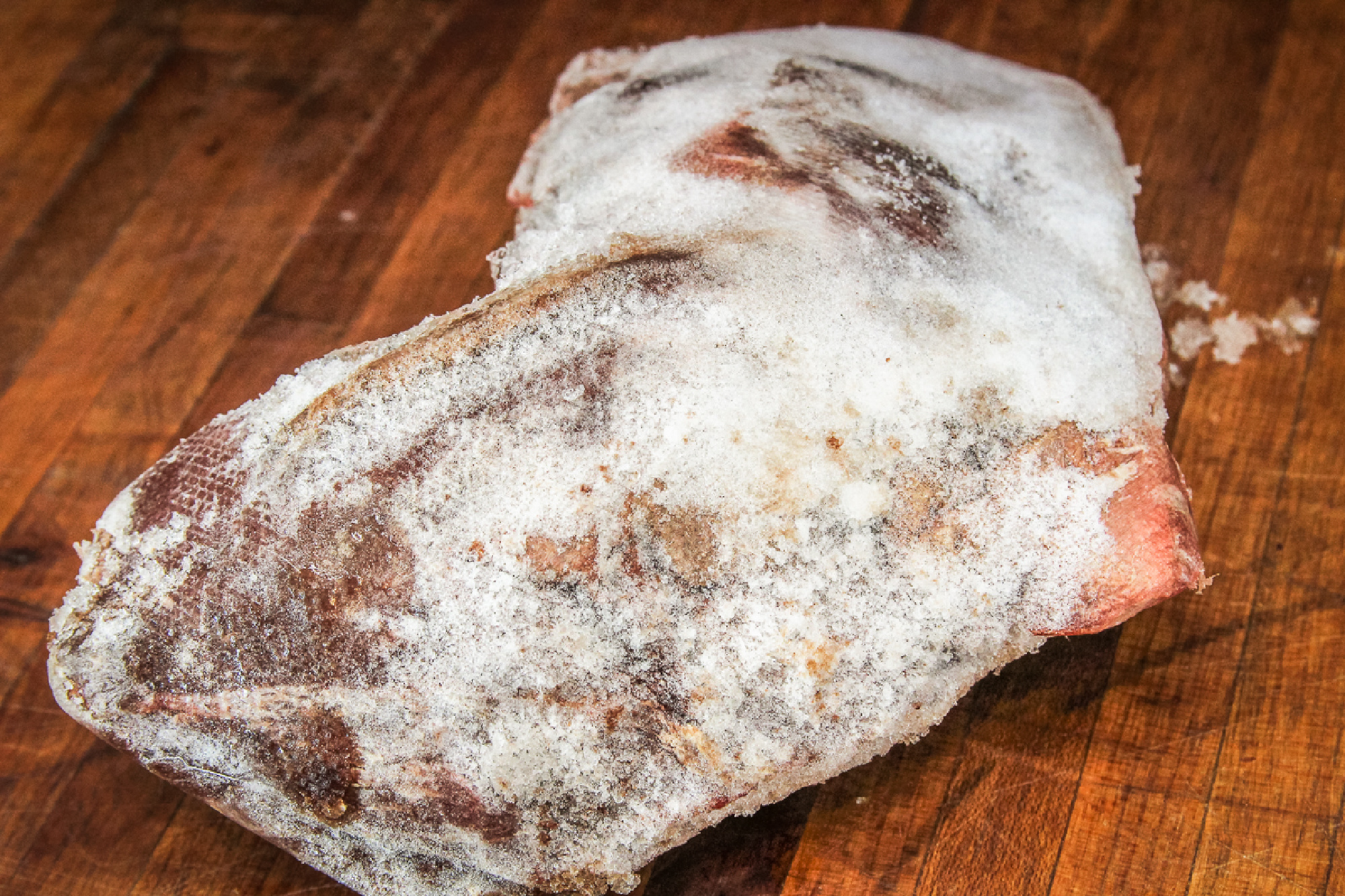
The next time you go to search “how long does meat last in the freezer?” remember that estimating how long meat lasts in the freezer isn’t an exact science. There are a lot of factors you need to consider. How did you package the meat? What kind of freezer do you have? Did the meat stay deep-frozen the whole time or did it thaw and refreeze? Is it a whole muscle cut or a package of ground meat? For optimal storage, keep your meat in whole muscle cuts for limited surface area, package it properly to keep oxygen out, and keep it in a consistent deep freeze. If something goes awry, defrost the meat, look it over, and smell it. If you can trim away some freezer burn and use it in a flavor-heavy recipe, cook it up.
